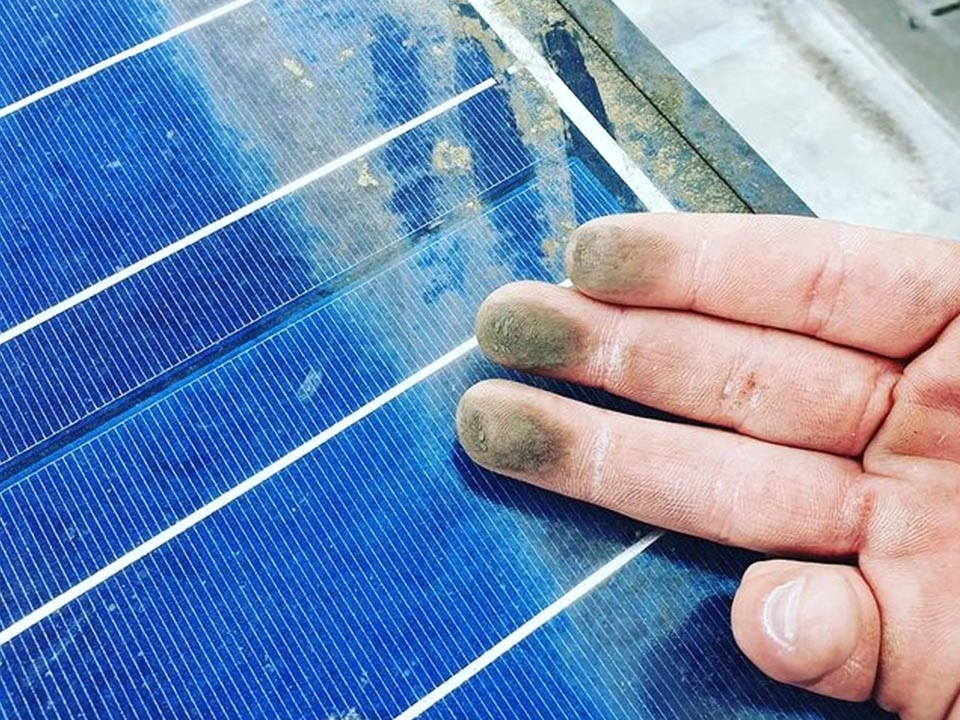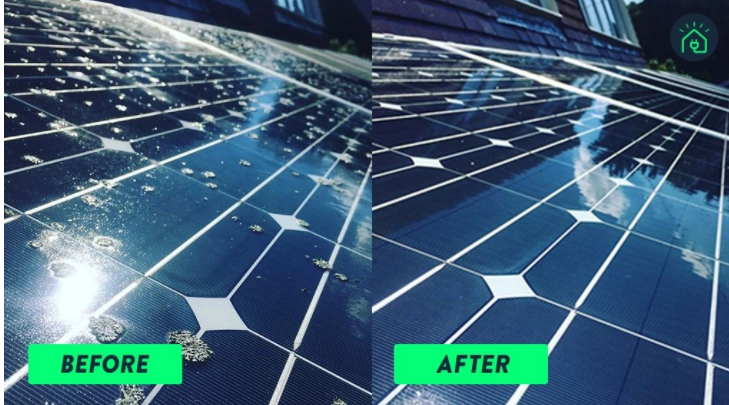
Solar panels generate electricity by letting sunlight into their solar cells. The more sunlight hits the panel, the more energy it generates. However, solar panels face the sky and can easily accumulate dust, dirt and even bird droppings. If rain doesn't wash out those stubborn stains, the efficiency of your solar panels will start to decline.
Cleaning your solar panels becomes even more important if your photovoltaic panel is facing up. Rain water tends to wash dirt and dirt off solar panels if they are installed at an Angle, but not on an upside-down panel. Rainwater can end up accumulating on your panel and leaving more dirt as it evaporates, which can affect panel performance.
How to clean solar panels on Roofs in Australia
While keeping solar panels clean is usually a good idea, you don't have to clean them every time you see dirt build up. Start by monitoring your solar panel output monthly. If panel performance degrades significantly, or you see a large amount of dirt build up on the PHOTOVOLTAIC cells, it may be time to clean. Otherwise, you can postpone cleaning until you really need it.
If you decide to clean your solar panels yourself, you need to know how to do it properly. You can clean your solar panels in these six steps.
1. Prepare devices
The items you need to clean the solar panel depend on how much dirt you need to clean. In most cases, a garden hose and a bucket of soapy water will do the job. If you need to remove particularly stubborn stains, you can also use a Cleaning Brush. Depending on the height of the roof, you may also need a ladder to reach the panel.

2. Shut down the system and disconnect the rainwater tank
Before you start, you need to completely turn off the solar panels and inverters. This helps prevent any electrical problems that may arise when cleaning them when they are opened.
You should also disconnect the rain tank so that the dirty water that cleans the solar panels does not flow into your tank.
3. Pick the right time
Because of sudden changes in temperature, hot solar panels can rupture if they are exposed to cold water. Also, soapy water will evaporate quickly at high temperatures, leaving more stains and rendering your work useless.
We recommend cleaning solar panels early in the morning when they are still relatively cool. If you don't have time in the morning, you can also clean on a cloudy day or a cool evening.
4. Ensure your safety
If possible, you should clean the panel from the ground to avoid injury or falling. Choose a suitable nozzle for your garden hose so that water can reach your solar panel. If dirt cannot be washed off with water, use a long-handled brush or scraper.
However, if you have to go on the roof because you can't reach the panel, make sure you have proper safety equipment.
5. Clean your panel
Whether you are cleaning from the ground or on the roof, you need to direct the water to the dirt and dirt spots on the panel. Make sure to spray only the top of the solar panel with water. Directing water to the back of the panel can cause problems with solar equipment.
For more stubborn stains, such as bird droppings, you can use a sponge and some soapy water. Scrub gently and carefully to avoid accidental damage to the panel.
6. Remove remaining water
After cleaning, make sure there is no residual water. Use a rubber spatula to wipe off excess water so it dries without leaving any stains.
conclusion
Solar panels are low-maintenance devices that can give you decades of free electricity if you maintain and clean them when you need them. Check the output of your solar system monthly and consider cleaning it if you see its performance decline
Copyright:@2020-2021
Comments Please sign in or sign up to post.
0
0 of 500 characters used